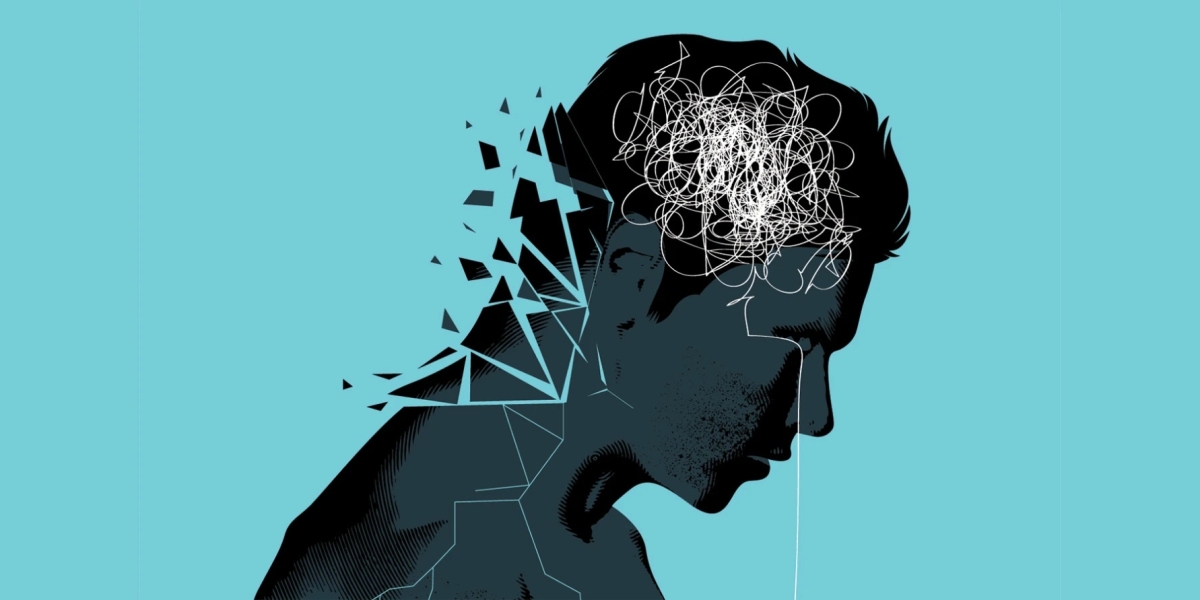Anxiety has become one of the most commonly experienced emotional challenges in today’s fast-paced world. Many individuals feel overwhelmed by constant stress, negative thoughts, uncertainty, or worry that seems difficult to control. When anxiety begins to affect daily life, relationships, sleep, work performance, or self-esteem, seeking professional support becomes essential. One of the most effective approaches for managing anxiety is Cognitive Behavioral Therapy (CBT). Many people who visit a mental health clinic are introduced to CBT as a first-line treatment because of its proven success in helping individuals understand and reshape their thoughts and reactions.
Understanding Anxiety More Clearly
Anxiety often begins with a thought. Something triggers a concern or fear, and the mind reacts quickly by imagining worst-case scenarios or anticipating negative outcomes. This thought then affects emotions and creates physical reactions such as:
Rapid heartbeat
Shallow breathing
Restlessness
Sweating
Nervousness
Difficulty concentrating
Over time, these symptoms can lead to avoidance behaviours. For example, a person may avoid social gatherings because they fear being judged, or they may avoid work tasks because they fear making mistakes. CBT helps break this cycle at the source.
What Makes Cognitive Behavioral Therapy Effective
Cognitive Behavioral Therapy is based on a simple but powerful idea: our thoughts influence our emotions, and our emotions influence our actions. If we learn to change the way we think, we can change the way we feel and behave.
CBT focuses on:
Recognising negative thinking patterns
Challenging and questioning those patterns
Replacing them with clearer, more balanced thoughts
Practising new coping behaviours in real life situations
Unlike some forms of therapy that rely primarily on conversation, CBT is structured and strategy-based. It involves exercises, worksheets, journaling, and gradual behavioural changes guided by a trained therapist in a mental health clinic.
Common Unhelpful Thinking Patterns in Anxiety
CBT helps individuals identify thoughts that fuel anxiety, such as:
Overthinking: Continuously analysing situations without resolution.
Catastrophising: Imagining the worst possible outcome.
All or Nothing Thinking: Viewing situations in extreme terms, such as complete success or complete failure.
Mind Reading: Assuming others are thinking negatively about us.
Personalisation: Taking responsibility for situations outside our control.
These thoughts may feel automatic. CBT helps slow them down, examine them, and replace them with balanced perspectives.
How CBT Works in a Mental Health Clinic Setting
A CBT therapist works step-by-step with the individual to understand what triggers their anxiety. For example:
A situation occurs
A thought forms
The thought causes emotional and physical reactions
The reaction influences behaviour
Together, therapist and client look closely at this cycle. The therapist does not tell the person what to think. Instead, they guide them to question whether their thoughts are accurate, realistic, or influenced by fear.
A person learns questions such as:
Is this thought based on facts or assumptions?
What is the evidence for and against this thought?
What would I say to a close friend who felt this way?
Is there a more balanced way to look at this?
Over time, the individual becomes better at regulating their own thoughts and responses.
The Role of Practice and Exposure
CBT often includes gradual exposure exercises to help individuals face situations they avoid. If a person feels anxious in social settings, the therapist might guide them to slowly take small steps, such as:
Starting with short conversations
Practising breathing techniques during interaction
Reflecting on small successes rather than focusing only on fear
This process builds confidence and reduces anxiety over time. It is gentle, structured, and designed to help the individual learn at their own pace.
Why a Mental Health Clinic is a Supportive Environment
A mental health clinic provides:
Safe confidential space to express feelings
Trained therapists who understand anxiety conditions
Regular sessions to track progress
Lifestyle and wellness guidance
Clinics also offer assessments to understand whether anxiety is mild, moderate, or severe. In some cases, therapists may work alongside psychiatrists if medication support is needed. The goal is not just relief from symptoms but long-term emotional resilience.
Real-Life Benefits of CBT for Anxiety
Many individuals experience noticeable improvements, such as:
Increased self-awareness
Better emotional control
Reduced overthinking
Improved sleep and appetite
Greater confidence in relationships and work
Ability to handle stress more effectively
The tools learned in CBT continue to help even after therapy sessions end. This lasting impact is one of the reasons CBT is widely recommended worldwide.
Conclusion
Anxiety does not have to control everyday life. With the right guidance and consistent practice, it is possible to retrain the mind, reduce emotional distress, and develop healthier responses to challenges. Cognitive Behavioral Therapy for anxiety offers a practical, structured, and empowering path toward emotional well-being. Visiting a mental health clinic is a strong and positive first step toward balance, clarity, and self-growth. Asking for help is not a sign of weakness, but an act of courage that leads to lasting inner strength.








